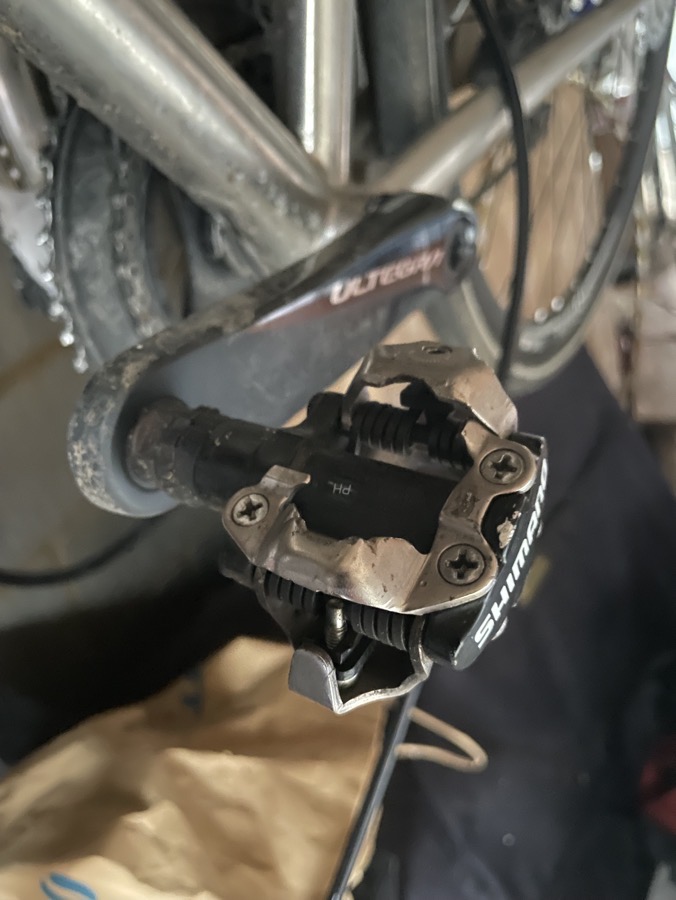Menu

 I spent some time yesterday talking about what I might term dark habits which is a reference to my earlier idea of dark constraints and Ann’s use of that for dark scaffolding. The reference is to the idea of dark matter, or dark energy in cosmology where we can see an effect without being able to see a reason for the said effect. I wanted to start there because when people talk about habits they tend to focus on the individual as the primary actor and I wanted to shake that up a bit.
I spent some time yesterday talking about what I might term dark habits which is a reference to my earlier idea of dark constraints and Ann’s use of that for dark scaffolding. The reference is to the idea of dark matter, or dark energy in cosmology where we can see an effect without being able to see a reason for the said effect. I wanted to start there because when people talk about habits they tend to focus on the individual as the primary actor and I wanted to shake that up a bit.
Communities evolve habitual practice over the generations and while it can be a cause of unnecessary conservatism, more often it has high utility and you ignore it at your peril. The desire to ignore the past and start afresh each time which characterised early days process reengineering meant that much of value was lost because those involved in the practice were unaware of what they did, or they took it for granted that anyone with experience would understand. Too many of those exercises were designed and led by consultants with little practical experience and they simply didn’t see it. A lot of organisational change still suffers from that zero-base assumption.
In the first post in the series I referenced four distinctions made by Carlise and I now want to return to those as I start to build towards a typology of habits. As a general rule typologies, and at times taxonomies are essential to any mapping exercise and I want to get to mapping in a day or so’s time. So this is the first step towards creating that method.
As with any human capability, things that evolve with utility generally have both an upside and a downside, and possibly an ‘unknowable aspect. So that starts to give us one way to look at habits namely the degree to which they have known utility, known dangers or a degree of ambiguity between the two. Another way, building on but simplifying Carlise, is to look at the degree of intentionality involved in the acquisition of habit and that in turn can split into something that is (and this may be positive or negative) compulsive, or more technical in nature. The latter being easier to control and manage, the former less so. So that gives us utility v nature and then nature can be seen as compulsive against technical/motor skill overlaid by factors of time and reversibility. That gives us something to work with and I will pick up on it tomorrow – I need to do some sketching and drawing overnight first.
Banner picture shows one of the mountain streams, so characteristic of Eryri, flowing down from Bwlch y Battel to join the Nanmor which finds its way to the Avon Glaslyn before joining the Irish Sea at Porthmadog. I started my walk in the car park in Blaen Nanmor (when I first came here in the 70s you had to perch the car precariously on the verge and hope any passing tractor would be generous) before heading up the old packhorse route which heads for Croesor but turned left for the scramble up Cnicht (known as the Matterhorn of North Wales) in increasingly poor weather. I had to hold on for dear life on the more exposed section and move upwards between gusts. The descent via Llyn yr Adar and Llyn Llagi was sheltered but very slippy and despite taking extreme care I went over a couple of times. In recent years I’ve always climbed Cnicht from Croesor and done a circuit involving one or more of the Moelwyns but the ascent from the North was more common when I was young.
Cognitive Edge Ltd. & Cognitive Edge Pte. trading as The Cynefin Company and The Cynefin Centre.
© COPYRIGHT 2024

Yesterday I opened up this year's Twelvetide series with a brief discussion on habits referencing ...
I was thinking this morning that in an earlier post in this series I hadn’t ...